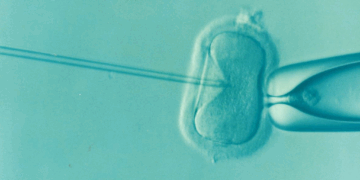Scientists are sounding the alarm.
Recent research has revealed an alarming increase in the presence of microplastics in the human brain, with a study published in Nature showing that levels have risen significantly over the past eight years. The study found that the amount of microplastic in brain tissue has increased by about 50% from 2016 to 2024. The researchers noted that while our brains remain largely composed of brain matter, a growing portion of that mass is made up of plastic particles. People with dementia were found to have particularly high levels of microplastics, with their brains containing three to five times more plastic than those without dementia.
Microplastics, which are tiny plastic fragments from everyday products like food packaging and synthetic fabrics, have already been detected in organs such as the lungs, heart, and liver. However, the effect of these particles on human health, especially in the brain, remains largely unknown. Experts are particularly concerned about nanoplastics, which are significantly smaller than the typical microplastics and can carry harmful chemicals, potentially posing additional risks.
One theory for how microplastics enter the brain is through the bloodstream, hitching a ride with fats found in food. The brain, rich in lipids, may attract these particles, allowing them to cross the blood-brain barrier. While the body might be able to expel plastics through organs like the liver and kidneys, it is unclear whether the brain has similar mechanisms to remove these foreign particles once they are inside.
Although the long-term effects of microplastics in the brain are still being studied, experts advise steps to reduce exposure. These include avoiding heating food in plastic containers, choosing glass or metal storage options, and opting for reusable bottles instead of bottled water, which can contain high amounts of microplastic particles. Reducing the consumption of processed foods may also help, as plastic contamination in food packaging could contribute to microplastic ingestion.
While the full scope of harm caused by microplastics remains uncertain, experts emphasize the need for further research and protective actions to limit exposure. As more evidence emerges, they suggest that taking precautions now is vital to protect human health from the potential risks posed by these widespread pollutants.

































Discussion about this post